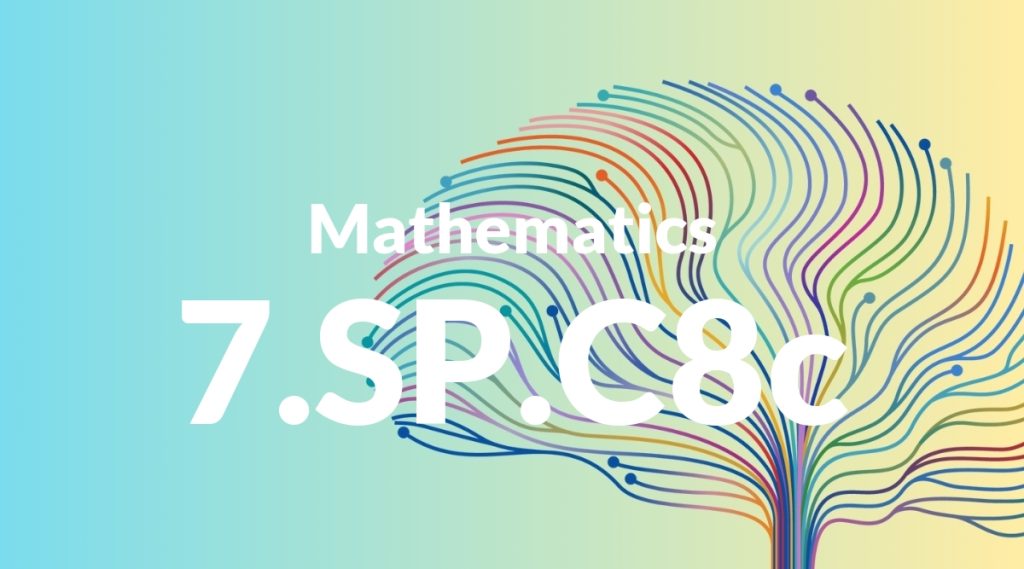Standard: 7.SP.C8c – Design and use a simulation to generate frequencies for compound events. For example, use random digits as a simulation tool to approximate the answer to the question: If 40% of donors have type A blood, what is the probability that it will take at least 4 donors to find one with type A blood?
Grade level: Grade 7
Subject: Mathematics
Domain: Statistics & Probability
Teacher Overview
This standard focuses on designing and using simulations to estimate probabilities of compound events. It is crucial for helping students understand the practical applications of probability and statistics in real-world scenarios. Ensure students have a solid grasp of basic probability concepts and are comfortable with the idea of randomness and statistical variability.
Mastering this standard will prepare students for more advanced probability topics, including independent and dependent events and probability distributions.
Common Misconception 1
A common misconception is that simulations always yield exact theoretical probabilities. This is incorrect because simulations are based on random sampling, which introduces variability.
Intervention 1
Use multiple simulation trials to show students how results can vary and discuss why larger sample sizes tend to produce results closer to theoretical probabilities.
Common Misconception 2
Another misconception is that the number of trials in a simulation does not affect the accuracy of the results. This is incorrect because fewer trials can lead to less reliable estimates.
Intervention 2
Encourage students to perform a larger number of trials and compare the results to theoretical probabilities to understand the importance of sample size in simulations.
Prerequisite Knowledge
Students should understand basic probability concepts, including simple events and their probabilities. They should also be familiar with the concept of randomness and basic statistical terms.
Subsequent Knowledge
Students will develop skills in more complex probability models, including understanding and analyzing independent and dependent events, and using probability distributions.
Instructional Activities
- Conducting simulations using random number generators
- Using dice and coins to model compound events
- Analyzing simulation results and comparing them to theoretical probabilities
- Creating real-world scenarios for simulation exercises
- Graphing and interpreting frequency distributions from simulations




